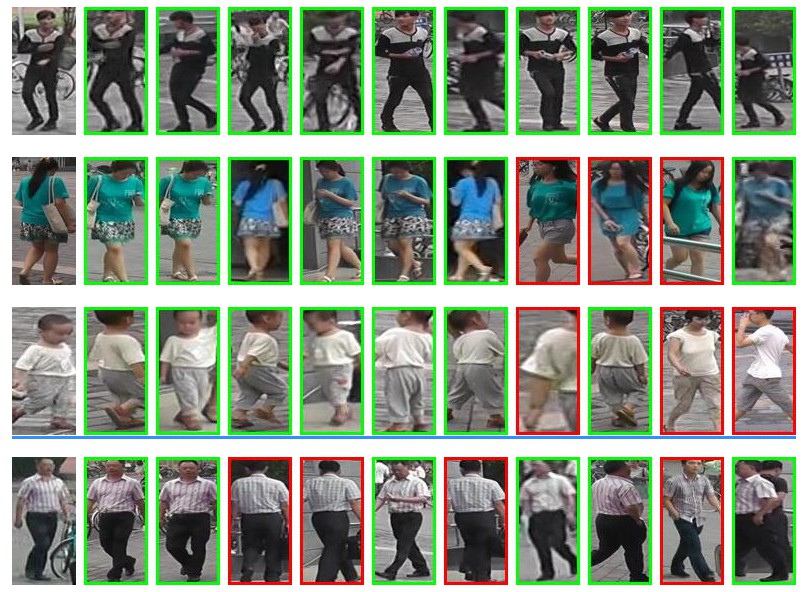Camera Style Adaptation for Person Re-identification
Being a cross-camera retrieval task, person re-identification suffers from image style variations caused by different cameras. The art implicitly addresses this problem by learning a camera-invariant descriptor subspace. In this paper, we explicitly consider this challenge by introducing camera style (CamStyle) adaptation. CamStyle can serve as a data augmentation approach that smooths the camera style disparities. Specifically, with CycleGAN, labeled training images can be style-transferred to each camera, and, along with the original training samples, form the augmented training set. This method, while increasing data diversity against over-fitting, also incurs a considerable level of noise. In the effort to alleviate the impact of noise, the label smooth regularization (LSR) is adopted. The vanilla version of our method (without LSR) performs reasonably well on few-camera systems in which over-fitting often occurs. With LSR, we demonstrate consistent improvement in all systems regardless of the extent of over-fitting. We also report competitive accuracy compared with the state of the art.
PDF Abstract CVPR 2018 PDF CVPR 2018 AbstractCode
Datasets
| Task | Dataset | Model | Metric Name | Metric Value | Global Rank | Benchmark |
|---|---|---|---|---|---|---|
| Person Re-Identification | DukeMTMC-reID | IDE* + CamStyle + Random Erasing | Rank-1 | 78.32 | # 66 | |
| mAP | 57.61 | # 71 | ||||
| Person Re-Identification | DukeMTMC-reID | IDE* | Rank-1 | 72.31 | # 72 | |
| mAP | 51.83 | # 76 | ||||
| Person Re-Identification | Market-1501 | IDE* | Rank-1 | 85.66 | # 91 | |
| mAP | 65.87 | # 102 | ||||
| Person Re-Identification | Market-1501 | IDE* + CamStyle + Random Erasing | Rank-1 | 89.49 | # 83 | |
| mAP | 71.55 | # 95 |







 Market-1501
Market-1501
 DukeMTMC-reID
DukeMTMC-reID
